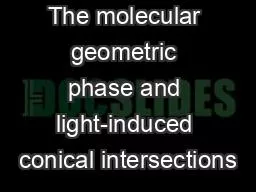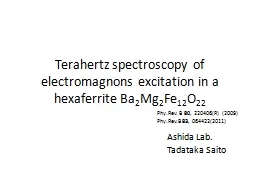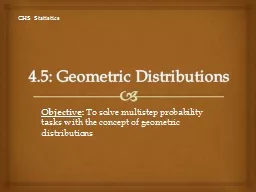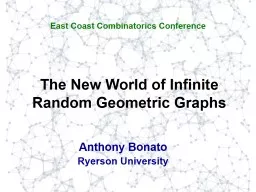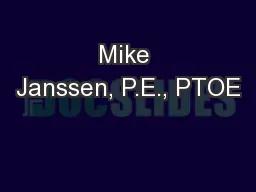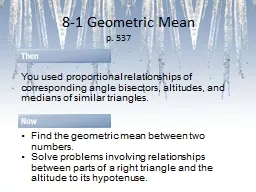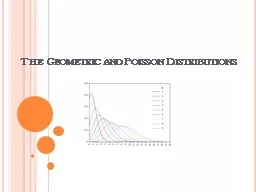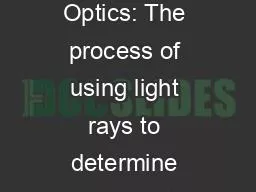PPT-The molecular geometric phase and light-induced conical intersections
Author : mentegor | Published Date : 2020-08-04
Emil J Zak Department of Physics and Astronomy University College London 10 London UK June 20 2017 quotSince in practice we normally cannot solve the full electronnuclear
Presentation Embed Code
Download Presentation
Download Presentation The PPT/PDF document "The molecular geometric phase and light-..." is the property of its rightful owner. Permission is granted to download and print the materials on this website for personal, non-commercial use only, and to display it on your personal computer provided you do not modify the materials and that you retain all copyright notices contained in the materials. By downloading content from our website, you accept the terms of this agreement.
The molecular geometric phase and light-induced conical intersections: Transcript
Download Rules Of Document
"The molecular geometric phase and light-induced conical intersections"The content belongs to its owner. You may download and print it for personal use, without modification, and keep all copyright notices. By downloading, you agree to these terms.
Related Documents

